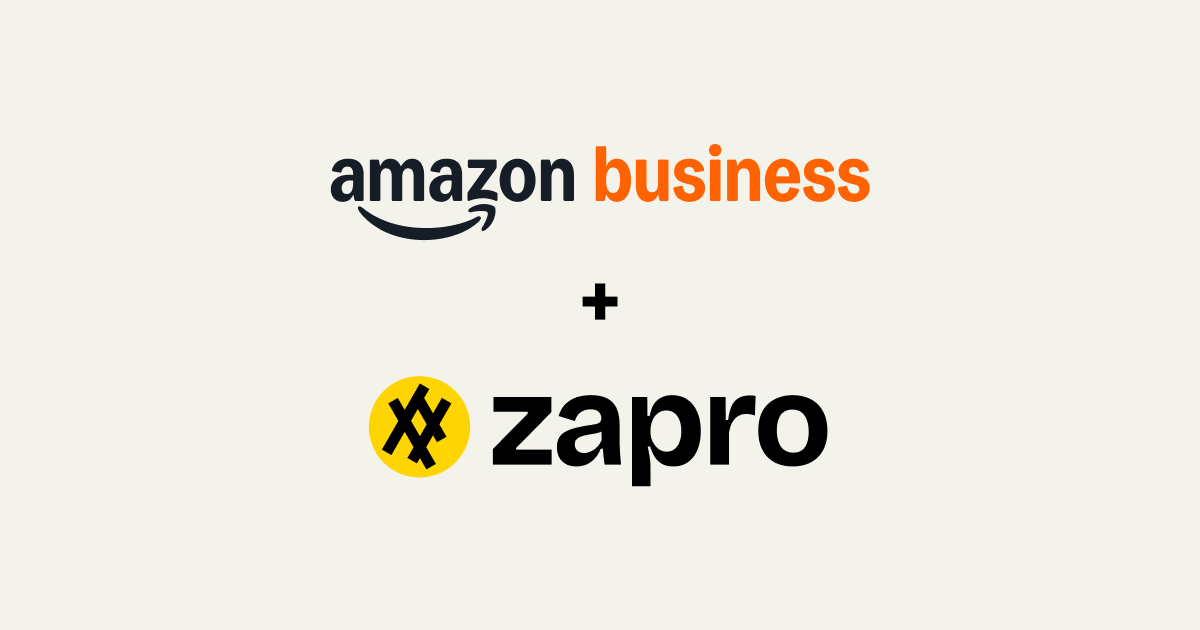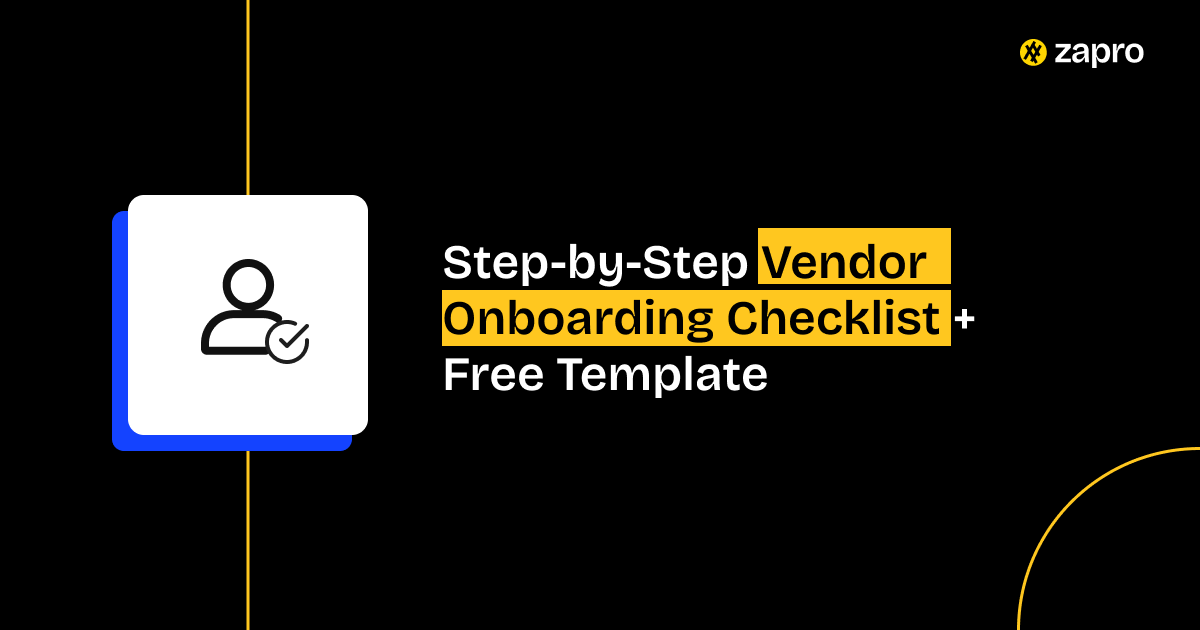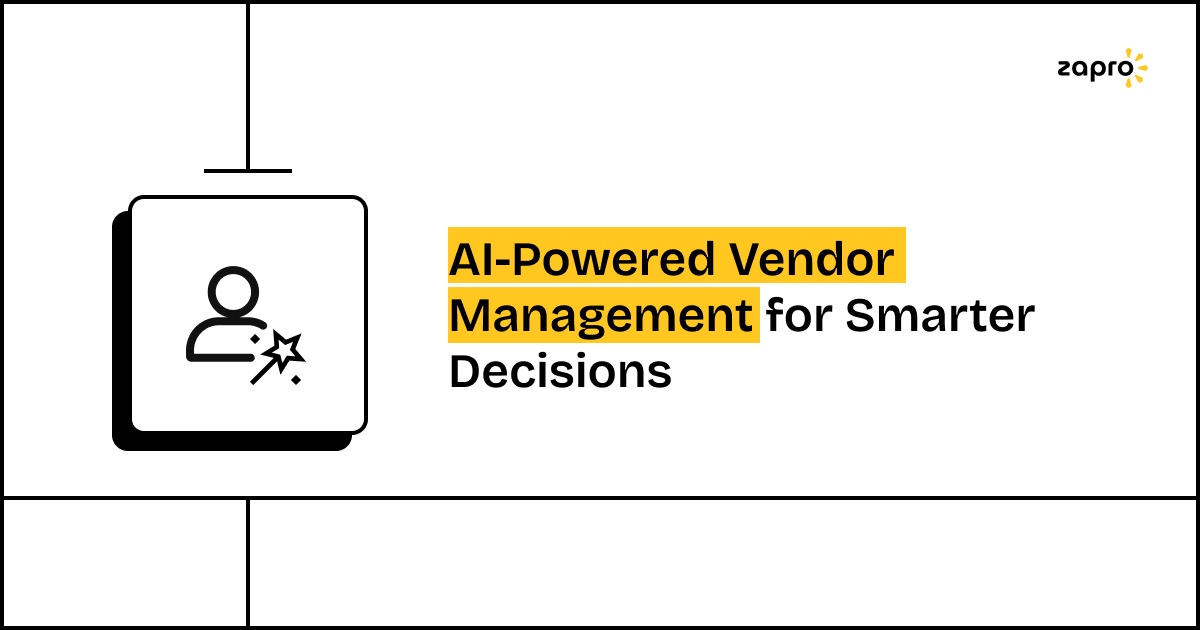Moving from a vendor whose contract ends to a new supplier may look exciting and a major sigh of relief. However, treating the vendor offboarding process as an afterthought is a huge mistake.
Before bidding adieu in a supplier relationship, most businesses either wisely capture or lose the institutional knowledge forever. A rocky exit can cause disharmony in the on-going operations proving to pose security dangers, and torch a valuable future relationship.
Procurement teams that follow supplier termination best practices and see it as a strategic project are the smart ones. As they understand the importance of securing assets, ensuring service continuity, and managing the relationship wind-down professionally, setting the stage for future success, no matter who the new partner is.
The Strategic Importance of a Well-Managed Vendor Offboarding
Beyond Contract Termination: Mitigating Risks and Capturing Value
The vendor offboarding process provides the best opportunity to gather necessary insights and tie up loose ends. This should be considered as the last chance to protect your business.
A smooth exit means zero risks from the moving out vendor. In the process, the first thing to do is recovering physical assets and shutting down system access. Secondly, ensure compliance with all final legal and financial obligations are followed properly. A missed step here can leave a digital door wide open long after the supplier is gone.
Second, it’s about capturing value. A good contract closeout vendor management process includes a formal knowledge transfer suppliers plan. Make sure everything is documented and shared with the responsible team members. The ones that needed to be covered are the nuanced workflows, troubleshooting hacks, and specific configurations. These form as the structural part and missing out can heavily impact on wasting time and money as the next supplier starts from scratch.

According to Gartner, more than 60% of cyber incidents now involve a third party, making proper vendor offboarding and third-party risk management critical to enterprise security.
Protecting Reputation and Future Business Opportunities
A farewell marked with decent exits sends the word around. Everyone next supplier would love to work with your company as they will know what to look for in you. But, treating a going out vendor poorly, even if they underperformed, can harm your reputation across the industry.
Always, follow the supplier termination best practices that shows respect and clear communication, you preserve the relationship. Why is this important? That vendor might be acquired by a potential future partner, or they might hold niche expertise you’ll need again someday. A professional relationship wind-down keeps the door open, protecting your options for future business opportunities.
Learn about vendor onboarding.
Triggers for Vendor Offboarding: Planned and Unplanned
The offboarding plan must be flexible enough to handle different scenarios.
Contract Expiration and Non-Renewal
This is the cleanest trigger. The planned end date allows for a seamless transition period, plenty of time for knowledge transfer suppliers, and an orderly contract closeout vendors process. The relationship wind-down is mutual and predictable.
Performance Issues and Breach of Contract
This scenario requires a rapid, legally sound approach. Therefore, in the best interests of both the parties, the supplier termination best practices must stick to the contract’s termination-for-cause clauses. This helps with damage control, rapid data, and recovery of assets that mitigates immediate risks.
Strategic Changes or Service Consolidation
Sometimes, a perfectly outstanding supplier is offboarded due to your business needs—such as bringing a service in-house or consolidating multiple vendors under a single contract. In this case, the vendor offboarding process focuses heavily on collaboration. The outgoing vendor, who is not at fault, should be incentivized to assist with knowledge transfer suppliers to ensure the new setup succeeds.
Key Phases of an Optimized Vendor Offboarding Process
A strategic offboarding should follow a four-phase lifecycle.
Phase 1: Planning and Notification (Internal & External)
Set up an internal offboarding team which includes Procurement, IT Security, Legal, and the Business Owner before informing your vendor. The transition should be well-defined, budgets perfectly allocated, and identify the replacement solution. Subsequently, deliver the formal notice without any delay, clearly stating the last date of service and the expectations for the transition period.
Phase 2: Transition and Knowledge Transfer
This is the execution phase. The departing vendor and the incoming party must work side-by-side to ensure continuity. The primary goal is knowledge transfer suppliers and data migration. This part of the project requires rigorous management to track milestones and resolve disputes effortlessly.
Phase 3: Contract Closeout and Financial Reconciliation
This is the formal exit. Finalize all financials, reconciling outstanding invoices, final service payments, and any penalties or bonuses. Legal teams execute the contract closeout vendors document, confirming all contractual obligations, including data destruction/transfer, have been met.
Phase 4: Post-Offboarding Review and Feedback
Post transition, you should never miss the opportunity to conduct an internal audit of the offboarding project itself. And also, conduct an exit interview with the outgoing vendor to collect valuable feedback on the processes carried out, which helps refine your supplier termination best practices for the next time.
Transform Vendor Offboarding in Minutes, Not Months

Critical Components of a Smooth Transition
Here are the elements that need to be effectively managed during the vendor offboarding process to guarantee continuity.
Data Migration and Ownership Transfer
Establish data ownership upfront and verify that all data, backups, and required documentation have been securely transferred from the vendor’s systems into your control. This step must be signed off by IT Security and the Legal department.
Knowledge Transfer and Documentation (SOPs, Guides)
The outgoing vendor needs to document everything right from operational procedures, system configurations to maintenance routines. The KOT should be sufficient enough for new vendor teams to comprehend and take off without any delays.
Asset Recovery and Return
Prepare a checklist of all physical and digital assets provided to the vendor. The list should include everything ranging from company laptops, security tokens, software licenses, keys, to access cards. Make sure that they are returned at the time of leaving. This also ensures security.
Service Continuity Planning with Replacement Vendors
The transition plan must ensure zero downtime. The new supplier should be ramped up and shadowed the outgoing one during the transition phase. This service continuity planning ensures that operations remain fabulous for internal users.
Managing the Offboarding Relationship Professionally
A professional relationship wind-down is the ultimate mark of outstanding vendor relationship management.
Clear and Respectful Communication
When terminating be clear about the reasons for ending the contract, ensure the documents focus on business needs rather than personal or operational inadequacies. Also, the news should reach the concerned authorities respectfully and outline the transition steps. This makes the contract closeout vendors phase hassle-free.
Fair Resolution of Outstanding Issues
Don’t delay these resolving disputes, warranty claims, and payments – settle them on time. Stalling to make payments or lethargic approach can lead into a legal hazard.
Exit Interviews and Feedback Collection
Choose a neutral person to conduct a follow-up exit interview. Ask the vendor for feedback on your contract, your onboarding, and your management process. This advantageously identifies inadequacies in your own system.
Maintaining Professionalism for Potential Future Engagements
Always maintain a courteous tone. Your supplier termination best practices should adhere to the principle that a departing vendor is a potential future partner. You never know when you might need to re-engage them for niche expertise.
Mitigating Risks During Offboarding
These are the immediate dangers you must steer clear of during the exit phase.
Security and Access Revocation
This is a crucial and time-sensitive step. IT Security must effectively revoke all physical and digital access—VPN, cloud accounts, proprietary systems—on the exact minute of termination. A detailed regulation checklist must be completed for every departing individual.
Legal and Compliance Considerations
Your legal team must verify that the contract closeout vendors comply with all original clauses, especially those regarding data privacy (GDPR, HIPAA, etc.) and confidentiality. Ensuring all regulation is met painlessly prevents significant legal hazards.
Financial Liabilities and Final Payments
Calculate the final balance due, including any early termination fees, final monthly charges, and outstanding expenses. A transparent and accurate final payment reconciliation eliminates grounds for future disputes because the contract closeout vendors is financially clear.
Leveraging Technology for Efficient Offboarding
You cannot manage the many facets of the vendor offboarding process using spreadsheets. Technology ensures completeness and auditability.
Checklists and Workflow Automation
Use your vendor relationship management platform (like Zapro) to automate the offboarding workflow. This turns the process into a guided checklist, ensuring all steps, from asset return to final payment approval, are completed without any delay.
Centralized Document Management for Contractual Records
A single pane of glass repository is essential. Store all contractual records, transition plans, audit documentation, and the final contract closeout vendors agreement in one secure, accessible place.
Secure Data Archiving and Access Control
Use secure data archiving tools to house all migrated data, preserving an auditable record of the information received from the supplier. This ensures only authorized personnel can comprehend the data, mitigating future security dangers.
Conclusion: Ending on a Good Note for Future Success
Optimizing the vendor offboarding process is the final, crucial step in outstanding vendor relationship management. It’s the strategic moment when you secure your assets, capture incredible institutional knowledge via knowledge transfer suppliers, and demonstrate respect for your partners.
By implementing these supplier termination best practices and leveraging tools to ensure a hassle-free and documented transition, you minimize risks and ensure that your next service transition will take off in a breeze, setting you up for advantageously success.

Your Complete Vendor Lifecycle Management Solution
From onboarding to offboarding, Zapro simplifies vendor management with AI-powered workflows, real-time tracking, and seamless knowledge retention.
FAQ
1. What is the ideal timeline for starting the vendor offboarding process?
Begin your vendor offboarding process at least 60-90 days before the contract termination date. This window allows adequate time for knowledge documentation, identifying replacement vendors, transferring critical data, and conducting thorough handover sessions. For complex vendor relationships involving specialized services or extensive integrations, consider starting 120 days in advance. Early initiation prevents rushed transitions, reduces operational disruptions, and ensures all stakeholders have sufficient time to prepare for the change.
2. How can we prevent critical knowledge loss when a vendor leaves?
Implement a structured knowledge capture strategy that includes creating detailed process documentation, recording video walkthroughs of complex procedures, and conducting multiple knowledge transfer sessions with your internal team. Establish a dedicated transition team responsible for shadowing vendor operations, documenting undocumented processes, and maintaining a centralized knowledge repository. Schedule overlapping periods where both outgoing and incoming vendors work simultaneously, allowing real-time knowledge exchange. Additionally, retain access to key vendor contacts for a 30-60 day post-transition consultation period to address unforeseen questions.
3. What security measures should be implemented during vendor offboarding?
Immediately revoke all system access, credentials, and permissions once the vendor relationship ends. Conduct a comprehensive audit of data access logs to identify what information the vendor accessed during the partnership. Retrieve all company-owned assets, devices, and proprietary materials, maintaining a signed checklist for accountability. Change all shared passwords and API keys, disable VPN access, and remove the vendor from communication channels. Perform a security assessment to identify potential vulnerabilities introduced during the vendor’s tenure and ensure all confidential agreements remain enforceable post-termination.
4. How do we maintain business continuity during the vendor transition period?
Develop a detailed transition plan that maps all vendor-dependent processes and identifies potential disruption points. Create contingency protocols for critical functions, including backup vendors or temporary internal resources. Communicate the transition timeline to all affected stakeholders, including customers if relevant, to manage expectations. Run parallel operations during the overlap period, where both old and new vendors operate simultaneously to catch any gaps. Establish clear escalation procedures and assign transition managers who monitor progress daily, addressing issues immediately before they impact operations.
5. What documentation is essential for successful vendor offboarding?
Essential documentation includes a complete service inventory detailing all deliverables and responsibilities, standard operating procedures (SOPs) for every process the vendor managed, network diagrams showing system integrations and dependencies, access credentials inventory, contract termination agreements with final payment terms, and performance evaluation reports. Additionally, maintain compliance certificates, data transfer records confirming all information has been returned or securely deleted, lessons learned documentation for future vendor relationships, and a final checklist verifying all offboarding tasks are complete. This comprehensive documentation serves as both a transition guide and historical reference.
Don’t miss our weekly updates
We’ll email you 1-3 times per week—and never share your information.

 Healthcare
Healthcare Financial Services
Financial Services Technology
Technology Venture Capitalist
Venture Capitalist Chief Procurement Officer
Chief Procurement Officer Chief Financial Officer
Chief Financial Officer




